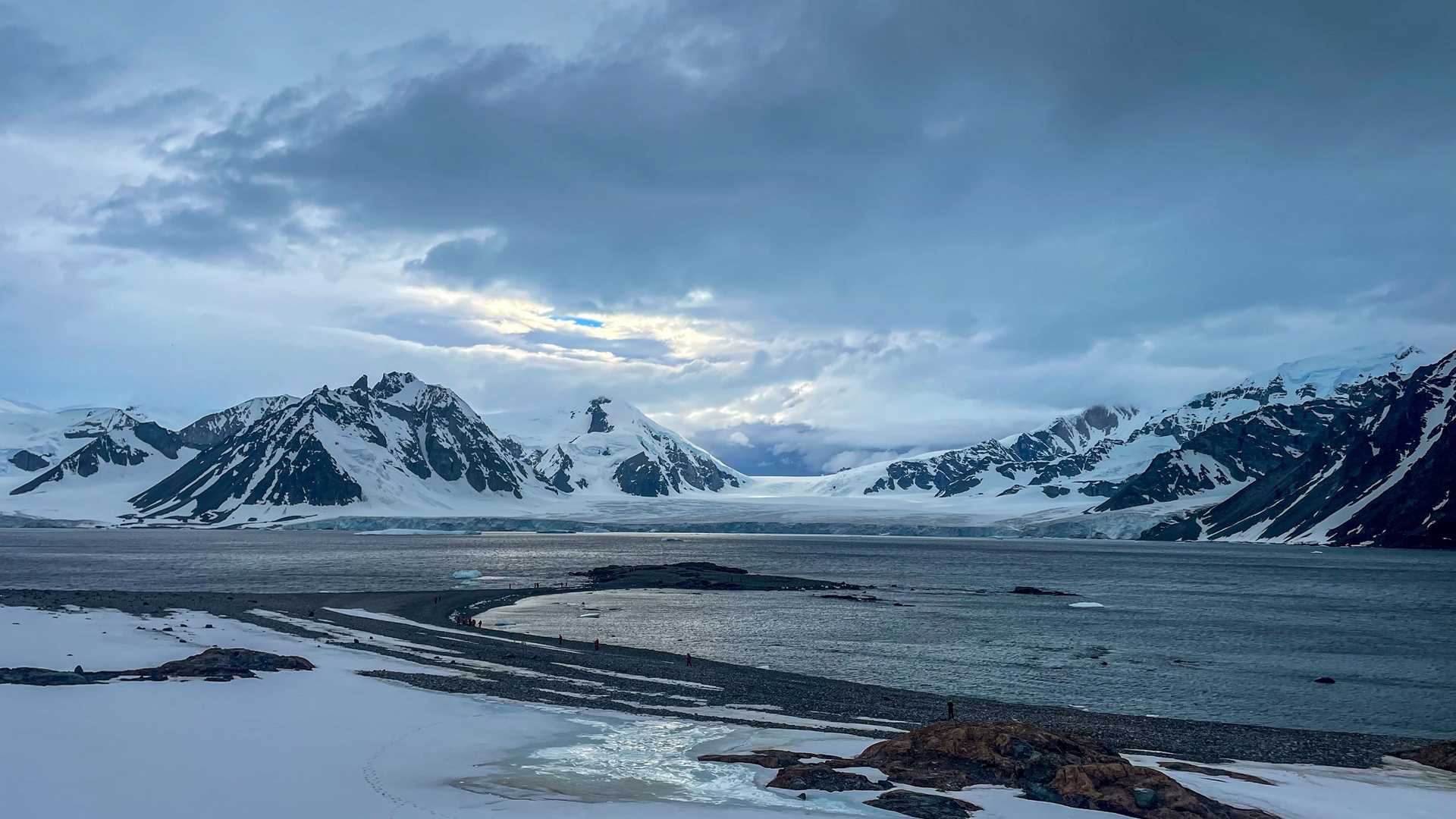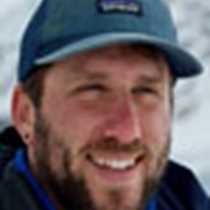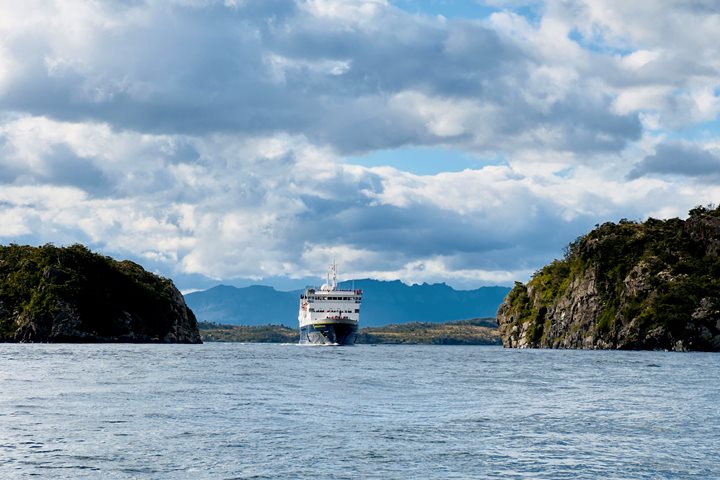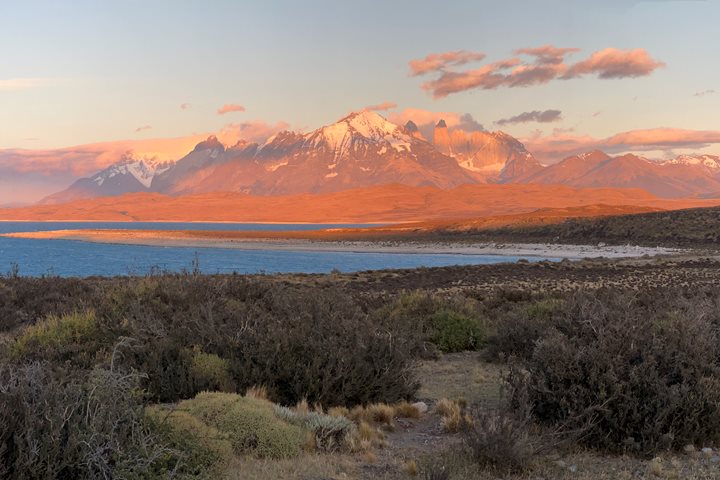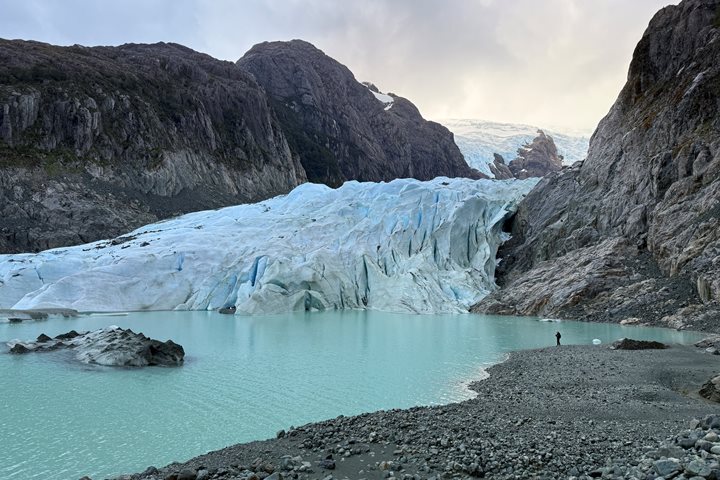We woke up early this morning to take advantage of the calm weather. We set out to explore Pourquoi-Pas Island, named after Charcot’s second Antarctic expedition ship. We hiked up the island’s moraine to gain lovely views of the bay. We also enjoyed a leisurely walk along the shore. Along the way, we spotted a few more Adelie penguins, skuas with their chicks, kelp gulls, a Weddell seal and a crabeater seal swimming through the water.
In the afternoon, we explored a brand-new area on Horseshoe Island, pioneering a new hike up one side and down the other into Gaul Cove. We enjoyed beautiful views of the cove and glacier. The hike was full of beautiful pink granite and stunning geological views all around.

